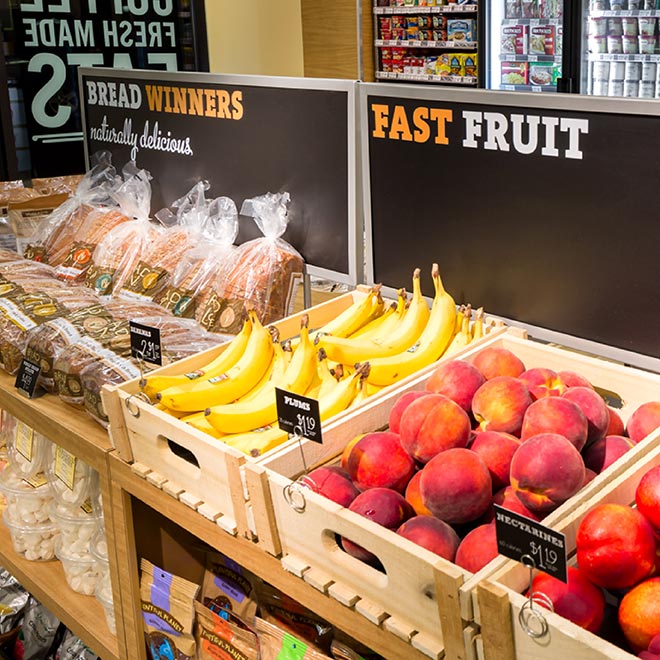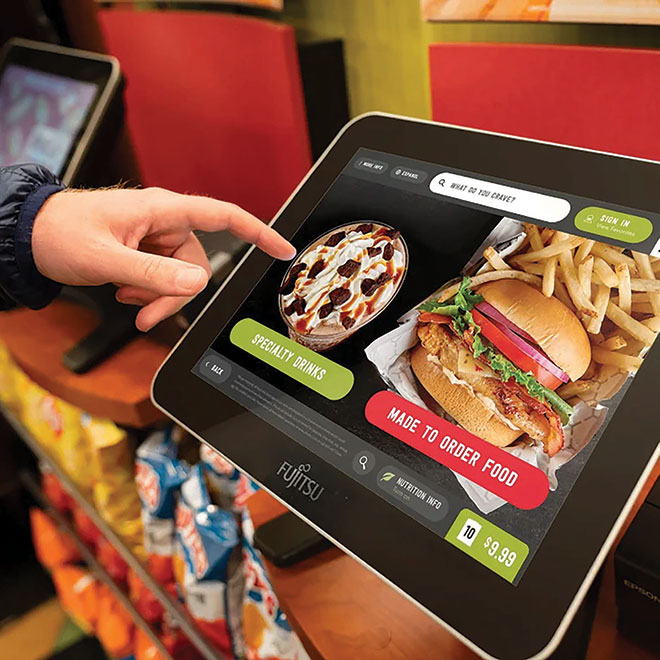
Stepping Up the Food Experience in C-Stores
The Importance of Adopting a Restaurant Mindset
Estimated Read Time: 4 Minutes
Gas stations and convenience stores (c-stores) are undergoing a rapid transformation. Gone are the days of merely being a pit stop for fuel and grabbing a quick snack from under a heat lamp or the roller dog grill. Instead, they’re embracing a new identity akin to quick service restaurants (QSRs) and fast casual brands. This evolution is characterized by the introduction of make-to-order (MTO) food offerings, and the implementation of drive-thru’s and curbside delivery.
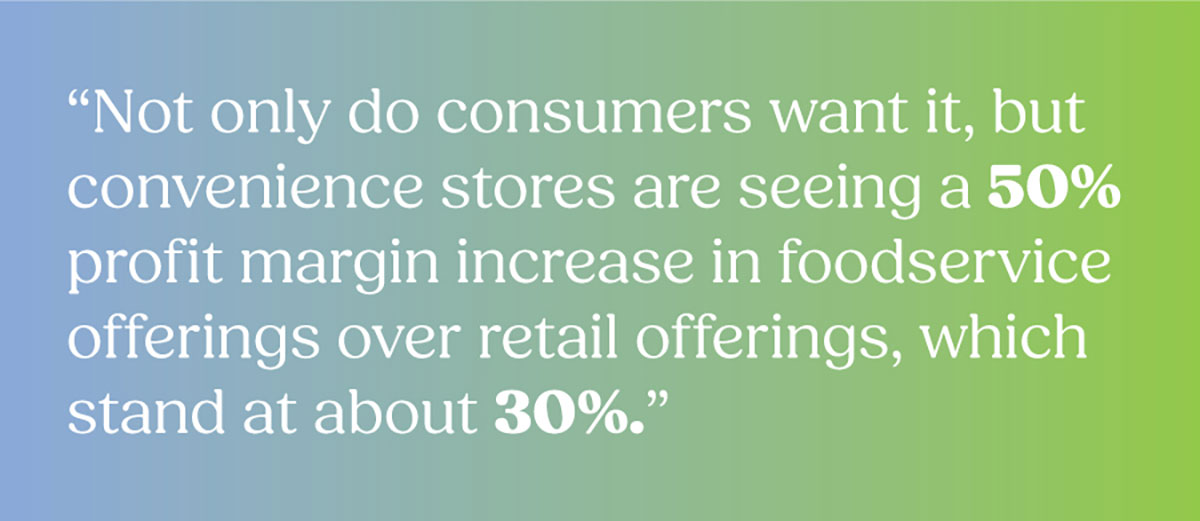
This shift poses a unique challenge for gas stations and c-stores like Wawa, Sheetz, and 7-Eleven as they now face the same complexities as the restaurant industry and endeavor to integrate digital orders into their existing operating systems. In this context, striking a balance between efficiency and quality becomes paramount, requiring careful navigation of operational, customer experience, and store environment considerations.
In this article, we explore the multifaceted challenges and opportunities that c-stores must consider as the lines between gas station and traditional foodservice concepts blur. Through it all, we’ll provide insights on opportunities and strategies for c-stores to seamlessly integrate digital orders into their workflow, improving their brand’s operations, customer experience, and overall store environment.
Interested in what else we have to say about c-stores? Read our POV, Convenience Stores in the Bullseye.
Operations: Navigating Complexity
C-stores must seamlessly integrate digital orders into their existing order and operating systems. Unfortunately, current systems often lack the intelligence required to efficiently manage these new order types. Order completion time may be set, but could fail to consider the store’s real-time workload, leading to delays for on-premise and off-premise customers.
To address the challenge of balancing orders for all types of fulfillment models, c-stores need smarter operating systems capable of handling varying transaction velocities, particularly during peak hours. C-stores might initially resist the investment to upgrade their operating systems, viewing it as a substantial financial commitment. However, the benefits of implementing smarter operations systems will undoubtedly outweigh the initial costs. These advanced systems will not only optimize order fulfillment but also enhance overall operational efficiency and customer satisfaction.
Furthermore, adapting to this challenge is more than just upgrading software. It involves strategically building workstations and deploying labor to support a cohesive workflow that seamlessly integrates both on-premise and off-premise orders. By synchronizing these processes, c-stores can maximize productivity and minimize delays, ensuring orders are fulfilled promptly regardless of their origin.
In addition to software updates, by simplifying processes, c-stores can reduce complexity and improve efficiency. After evaluating the overall system and order cycle, brands might see opportunities for simplification by no longer separating tasks and workstations out by order type and adopting universal packaging across fulfillment models. These changes enable associates to work more effectively, confidently fulfilling orders regardless of the order type.
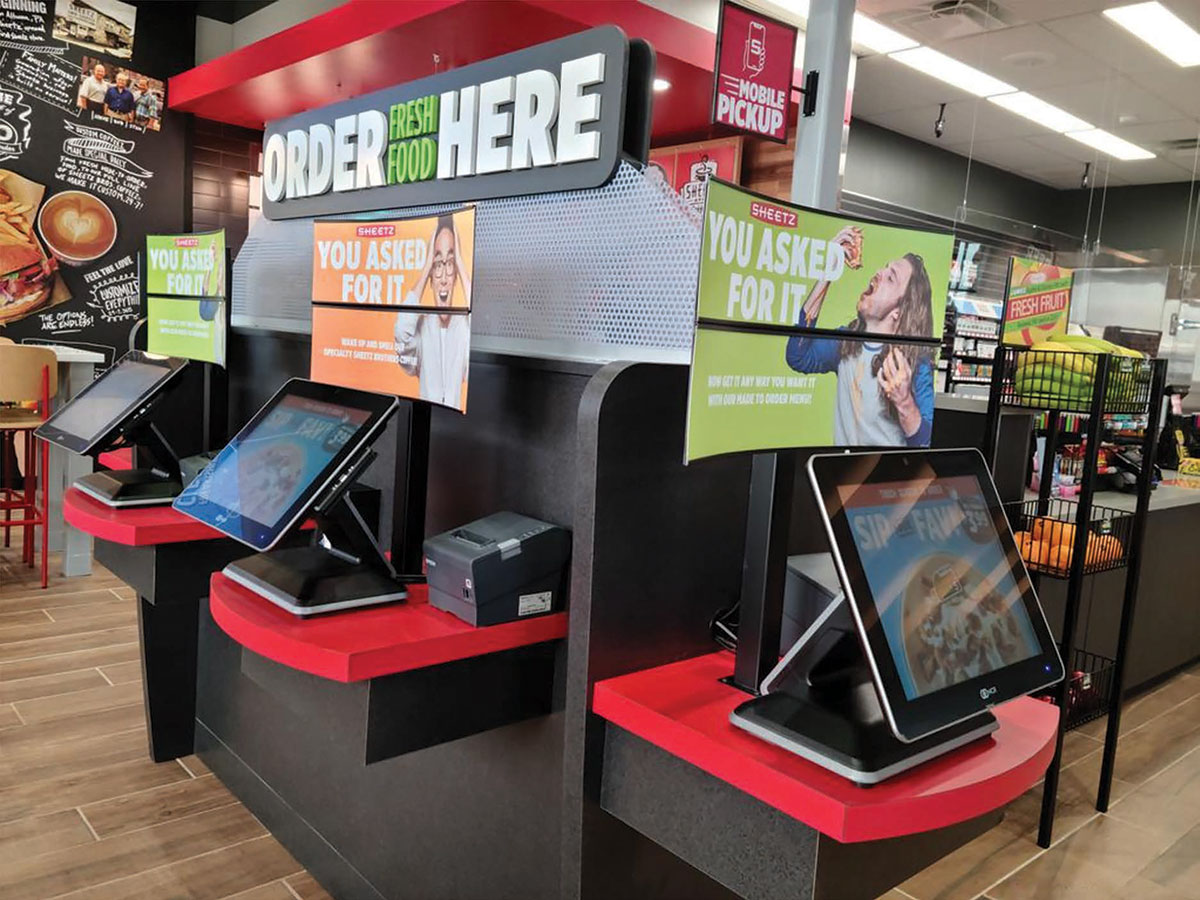
Differentiation with WD Partners
In navigating this evolving landscape, c-stores can benefit from the expertise of customer experience firms like WD Partners. Unlike other global firms, we offer a unique perspective and methodology, rooted in understanding the nuances of the foodservice industry. By helping clients think like restaurants rather than traditional c-stores, we can help you redefine your offerings and create memorable customer experiences.
It’s not a one-size-fits all solution. We have the expertise to determine what investments are worth your while, building out a tailored operations system that can get your product through faster and increase your speed of service. Let us help you think like a restaurant.
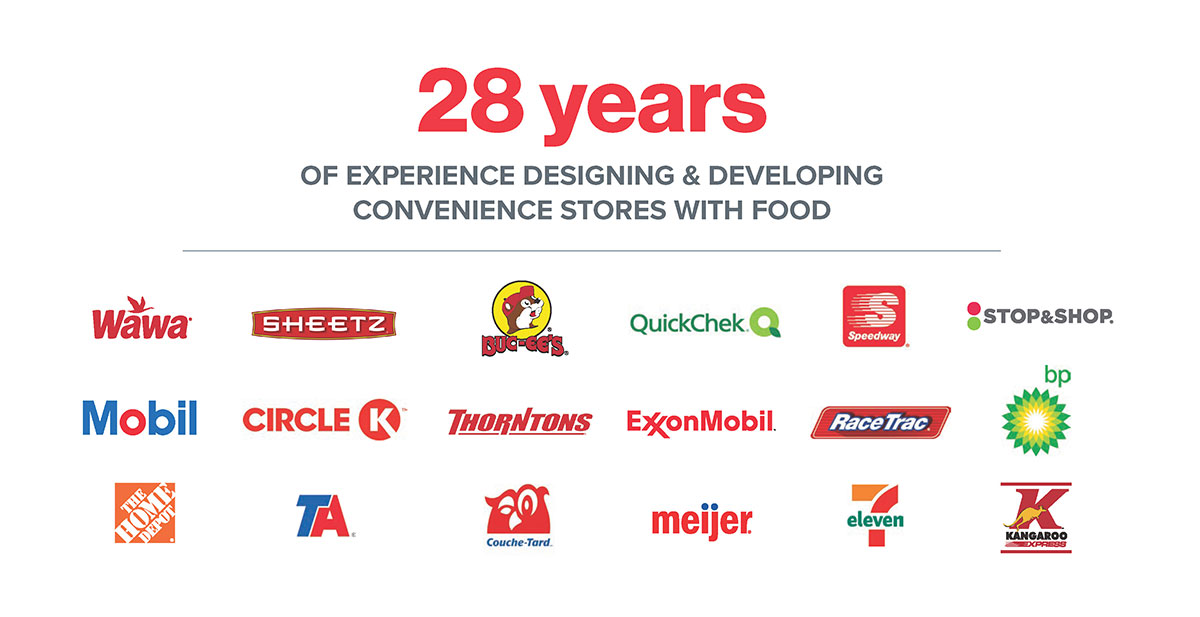

 Rob Seely
Rob Seely Joanne Heyob
Joanne Heyob
